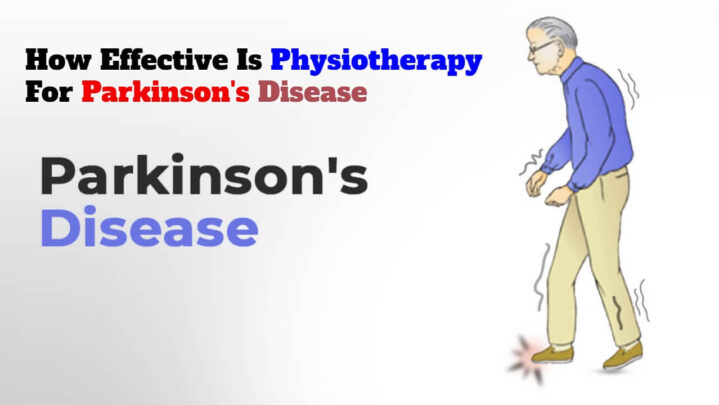For those with Parkinson’s disease (PD), physiotherapy can be a valuable component of an all-encompassing treatment program. As well as addressing non-motor symptoms, managing pain and discomfort, enhancing functional independence, and providing an individualized treatment plan, physiotherapy also tries to improve motor symptoms.
To help with motor issues like slow movement, rigidity, and irregular gait patterns, physiotherapists can utilize exercises that improve strength, flexibility, balance, and coordination. It can help with ADLs (activities of daily living) to increase functional independence. Additionally, physical therapy can provide approaches for treating pain, such as manual therapy, therapeutic modalities, and exercise, as PD can be accompanied by pain and discomfort.
The non-motor symptoms of Parkinson’s disease (PD) can also be managed by specialized exercises, ways to improve balance and coordination, and techniques to minimize the risk of falls and freezing of gait. These symptoms include balance problems, slips and falls, fatigue, and a gait freeze. Physiotherapy can also help to improve these conditions by promoting social connection, physical activity, and psychological well-being.
Physical therapy for Parkinson’s disease has many advantages, including individualized care. A thorough examination and continuous assessment make a customized treatment plan that may be altered to improve outcomes feasibly. However, it’s important to remember that physiotherapy’s efficacy in treating PD might vary based on several variables, such as the patient’s commitment to their treatment and the physiotherapist’s experience level.
Effective physiotherapy can assist persons with Parkinson’s disease (PD) control their pain, increasing their functional independence, and control their motor and non-motor symptoms. Therefore, consulting with a qualified healthcare professional, such as a physiotherapist or a movement disorder specialist, is recommended to determine the best treatment for a person with PD.





